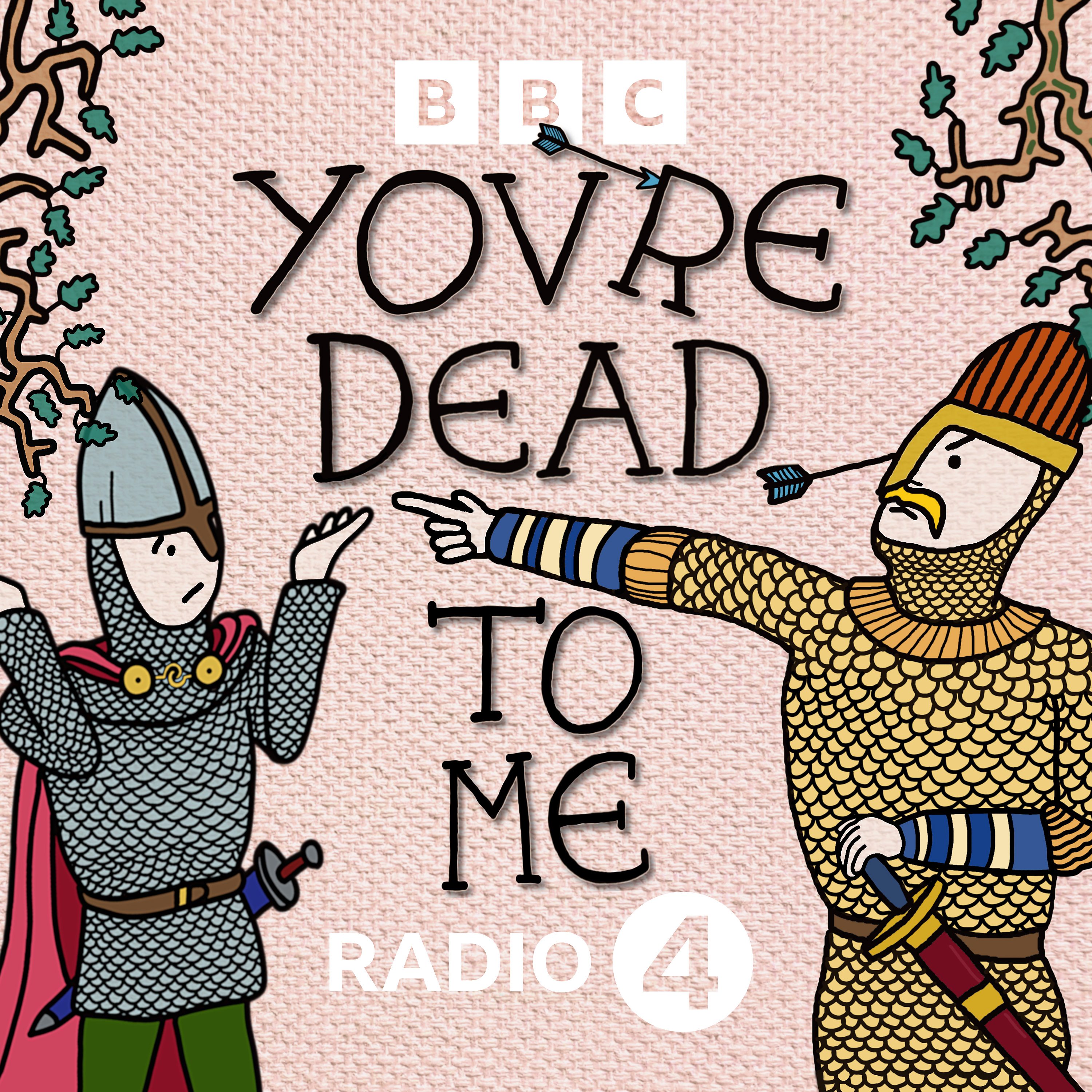
Deep Dive
- Cuneiform is a writing system, not a language.
- Its name comes from the Latin word for 'wedge'.
- Henry Rawlinson, a British officer, played a key role in deciphering cuneiform.
- The Behistun inscription was crucial in the deciphering process.
Shownotes Transcript
Greg Jenner is joined in ancient Mesopotamia by Dr Moudhy Al-Rashid and comedian Phil Wang to learn about the history of cuneiform, the oldest writing system in the world.
In the 19th Century, European scholars began to translate inscriptions found on ruins and clay tablets from ancient Mesopotamia - an area of the world between the Tigris and Euphrates rivers that encompasses modern Iraq, as well as parts of Syria, Iran, Turkey and Kuwait. The script they deciphered became known as cuneiform, and this distinctive wedge-shaped writing system is perhaps the oldest in the world. The earliest cuneiform tablet is in fact over 5,000 years old.
These clay tablets reveal much about the daily life of people in this part of the ancient world, recording everything from the amounts of beer sold by brewers and the best way to ask the gods for advice, to squabbles between husbands and wives and even the lullabies used to get babies to sleep. The first recorded epic poem, The Epic of Gilgamesh, is also preserved thanks to cuneiform. This episode traces the history of cuneiform, exploring how this script worked, who used it and what they used it for, what it tells us about the inhabitants of ancient Mesopotamia, and how it was finally deciphered.
This is a radio edit of the original podcast episode. For the full-length version, please look further back in the feed.
Hosted by: Greg Jenner Research by: Hannah Cusworth and Matt Ryan Written by: Emmie Rose Price-Goodfellow, Emma Nagouse, and Greg Jenner Produced by: Emmie Rose Price-Goodfellow and Greg Jenner Audio Producer: Steve Hankey Production Coordinator: Ben Hollands Senior Producer: Emma Nagouse Executive Editor: James Cook